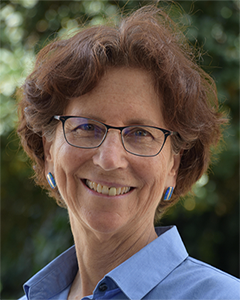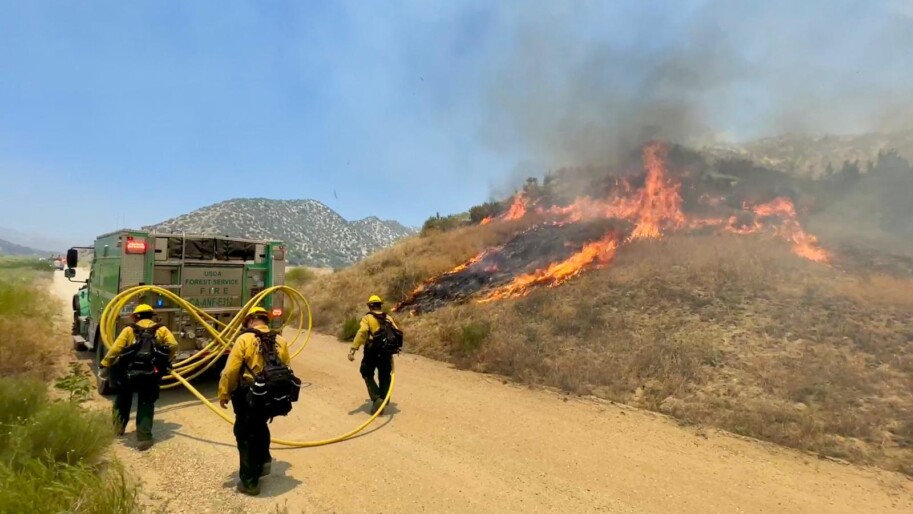For more than two weeks in June, fire crews battled more than 20 fires across California, including the 15,000-acre Post fire in Los Angeles and Ventura counties. Experts are warning Californians to brace for a very active wildfire season. A wet winter that produced more vegetation than usual and record-breaking early heatwaves are already fueling widespread fires.
For many of us, the return of wildfires brings back bad memories from 2019, when unprecedented heat, wind, and wildfires caused power outages for more than 2 million people across California. Losing power is not just an inconvenience. It can be deadly for people with medical conditions and those relying on air conditioning. Many of us are jittery about the prospect of more outages.
Corporate utilities are capitalizing on those fears to force Californians to swallow steep and repeated rate hikes. PG&E’s costly, ratepayer-funded ads imply those hikes are needed for infrastructure improvements to prevent wildfires and keep the lights on. But regulators at the California Public Utilities Commission have allowed utilities to choose the most expensive and lucrative infrastructure projects despite the availability of more cost-effective options.
Californians need electricity we can rely on as wildfires and extreme weather worsen. Believe it or not, that’s where electric vehicles (EVs) come in. California’s 1.8 million electric cars collectively have the potential to store 18 gigawatts of energy in their batteries — eight times greater than the electricity generated by the state’s largest power plant, Diablo Canyon. Just one electric vehicle can store enough energy in its batteries to power a home for up to three days.
EVs — batteries on wheels — can provide cost-effective backup power during wildfires or whenever the grid is down. Pilot projects are already underway, including one at the Alameda-Contra Costa Transit District using bidirectional charging technology to provide emergency backup power to community centers in Oakland. Using EV batteries will also make methane gas peaker plants — turned on when electricity demand is high, such as during a heatwave — obsolete. These major polluters are most often located in working-class communities of color.
To learn more about how EVs can make our electricity more reliable, affordable, and less polluting this wildfire season, check out our latest webinar. And please take action here to ensure the California legislature puts a bond on the November ballot to fund urgent climate solutions. The climate crisis isn’t letting up, and neither can California!
This blog first appeared in The Climate Center’s bi-weekly newsletter. To keep up with the latest climate news and ways to take action for a climate-safe future, subscribe today!


